
Ingredient
Drums
The Rhythm of Drums
Drums, also known as chicken drumsticks, are the lower part of a chicken leg and are characterized by their juicy meat and bone-in structure. They have a tender texture and a rich, savory taste that pairs well with a variety of seasonings and cooking methods. Whether grilled, roasted, or fried, drums are a popular choice for both casual meals and special occasions.
Origins and history
Chicken drums have been enjoyed for centuries, with evidence of their consumption dating back to ancient civilizations. They have become a staple in many cultures around the world, often featured in traditional dishes and festive celebrations. In addition to their culinary significance, drums hold cultural symbolism in various societies, representing abundance, prosperity, and communal feasting.
Nutritional information
Drums are a good source of protein, essential vitamins like niacin and vitamin B6, and minerals such as iron and zinc. They are relatively low in calories, with approximately 172 calories per 100 grams, making them a nutritious choice for a balanced diet.
Allergens
May contain allergens such as gluten, soy, or dairy depending on the preparation or seasoning used.
How to select
When selecting drums, look for plump and well-shaped pieces with smooth, unblemished skin. The meat should be firm and moist, without any signs of discoloration or unpleasant odor. Additionally, check for intact bones and avoid any packages with excessive liquid or freezer burn.
Storage recommendations
To maintain freshness, store drums in the refrigerator at a temperature below 40°F (4°C). Keep them in their original packaging or place them in a sealed container to prevent cross-contamination. Use within 1-2 days of purchase for optimal quality.
How to produce
Drums can be produced by raising chickens in a backyard or on a farm. They require proper care, feeding, and a suitable living environment to ensure their health and well-being. Consult local regulations and guidelines for raising poultry before embarking on this endeavor.
Preparation tips
Drums can be prepared in various ways, such as marinating them in a flavorful sauce and grilling them to perfection, coating them in breadcrumbs and baking them until crispy, or simmering them in a savory stew. For best results, ensure the drums are cooked thoroughly to an internal temperature of 165°F (74°C) to ensure food safety.
Culinary uses
Drums are commonly used in a wide range of dishes, including classic favorites like fried chicken, barbecue chicken, and chicken curry. They can also be added to soups, stews, and casseroles to enhance their flavor and texture. Additionally, drums are often featured in appetizers, such as chicken wings or drumettes, which are popular for parties and gatherings.
Availability
Drums are widely available in grocery stores, supermarkets, and butcher shops worldwide. They are a staple ingredient in many cuisines, making them easily accessible in various regions.
More ingredients from this category » Browse all

Sea bass
The Ocean's Delicacy

Surgeonfish
The Ocean's Bounty

Groupers
The Mighty Groupers: A Seafood Delicacy

Sea catfishes
Sea Catfish: A Versatile Delicacy from the Deep

Lizardfishes
The Versatile Delicacy from the Sea

Lesser sand eel
Exploring the Delicate Flavor of Lesser Sand Eel

Salema
The Versatile Salema

Emperors
The Majestic Delicacy

Dentex
The King of the Mediterranean: Discovering Dentex

Weakfishes
The Delicate Delights of Weakfish: Exploring the Subtle Flavors of This Ocean Gem

Bogue
The Versatile Bogue: A Hidden Gem of the Sea

Pacific sandlance
Ocean's Nutrient-Rich Gem
Recipes using Drums » Browse all
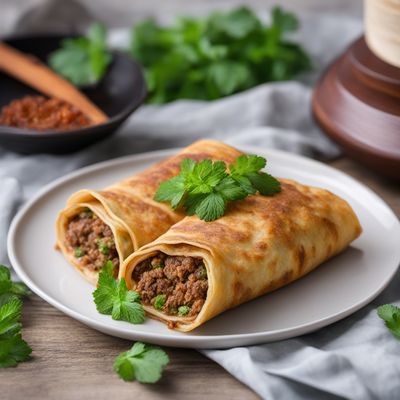
Armenian Stuffed Pancakes
Savory Delights: Armenian Stuffed Pancakes with a Twist

Mkhlovani with a Timorese Twist
Savory Stuffed Pancakes: A Fusion of Georgian and Timorese Flavors

Klepe - Croatian Dumplings with a Twist
Savory Delights: Croatian Klepe with a Modern Twist

Northeastern Chinese Gubana
Savory Twist: Northeastern Chinese Gubana - A Fusion of Italian and Chinese Flavors

Lebanese Asawer with a Twist
Savory Stuffed Lebanese Delight
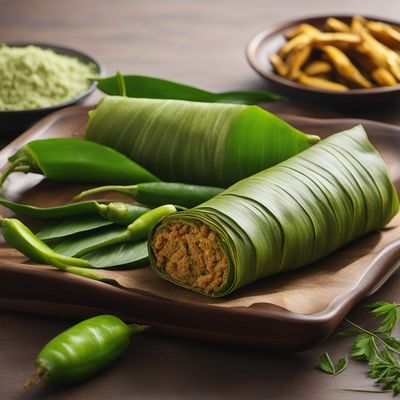
Maharashtrian Style Stuffed Štruklji
Delectable Maharashtrian Stuffed Štruklji: A Fusion of Flavors
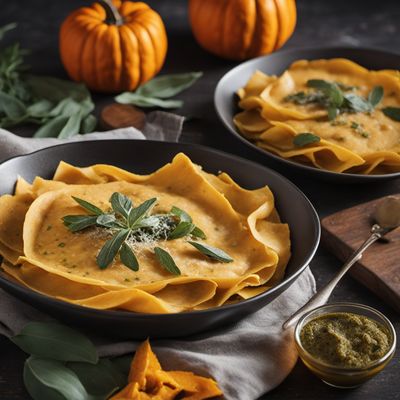
Homemade Pumpkin Tortelli
Autumn Delight: Homemade Pumpkin Tortelli with a Creamy Sage Sauce
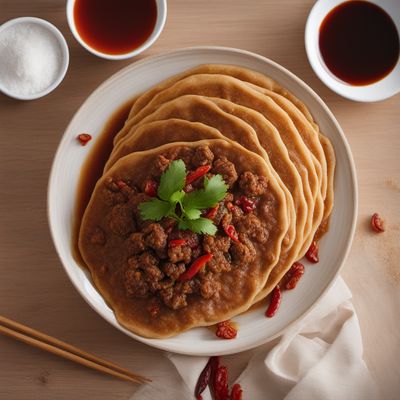
Hunan-Style Stuffed Pancakes
Spicy Hunan Stuffed Pancakes: A Fiery Twist on a Serbian Classic
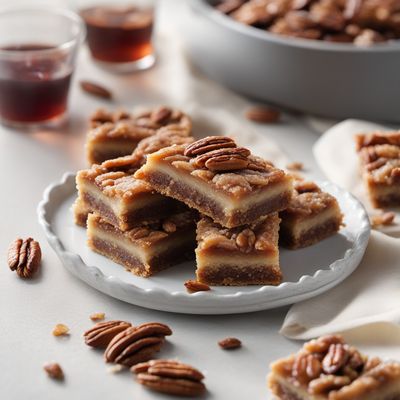
Canadian Maple Pecan Bars
Maple-infused Pecan Bars: A Canadian Delight

Japanese-style Panzerotti
Tempura Panzerotti: A Fusion of Italian and Japanese Delights
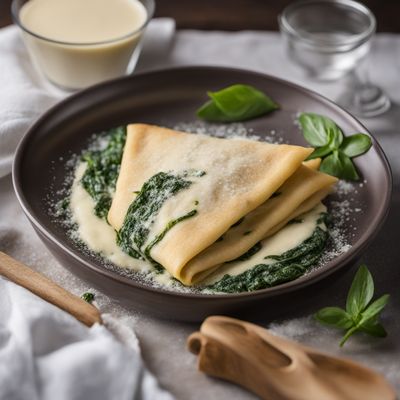
Venetian-style Crespelle
Delizie Veneziane: Savory Venetian-style Crespelle
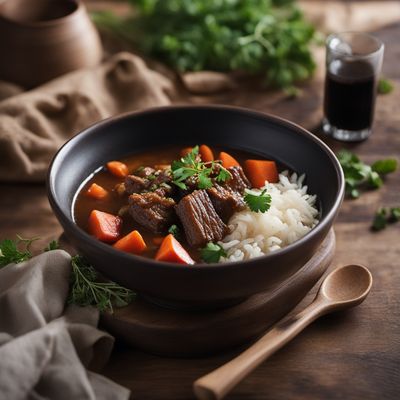
Soulful Beef Stew with Rice Cakes
Soulful Beef Stew: A Hearty Delight with Rice Cakes